The Otago Peninsula is on every tour’s and tourist’s itinerary, because it offers accessible wildlife watching and scenic view behind every turn of its windy road. So here we go…
Heading towards the tip of the peninsula, our first stop was Larnoch Castle, the only castle in New Zealand. The history of this extravagant place is intriguing: built by William Larnach in 1871, it has seen it all! The splendour of its early days as well as the family’s misfortune, which ended in betrayal and William’s suicide… It was eventually abandoned and in 1967 bought by the Barker family and restored. The garden is truly spectacular and we spent most our time there, whereas the interior of the castle is nothing to write home about.
At the very end of the peninsula is the world’s only mainland royal albatross colony. Who could resist visiting such a unique place? While waiting for our tour we roamed the very informative resource centre with great videos, posters and one display that we will never forget. It was a bag full of items made of plastic, all in all the size of two fists: bottle caps, a toothbrush, pens and other small pieces. All this was found in the stomach of a young albatross that eventually had died, because there was no more room for food.
The informative part of the tour was quite good, but observing the outside breeding area was rather disappointing. Two chicks were sitting in their nest waiting to be fed, but unfortunately we did not see a grown albatross in flight. Luckily, we saw one scouting the ocean surface for food once we were outside the centre. With a wing span of 3 meters, they are an impressive sight.
The other big attraction on the peninsula is the Yellow-Eyed Penguin Conversation Reserve. We were rather hesitant to dish out another 35 NZ Dollars to visit, but gave in to the feeling, since we are here.
Again the same spiel, a brief informative input and then we were taken in buses close to the nesting area. About 70 adult penguins are here all year around. However, since it was mid March, the chicks were all gone and the adults were moulting, which means they are growing new feathers while losing the old ones. This happens every year and it is a rather unhappy phase in a penguin’s life. They cannot go into the ocean but have to wait on land approx. 3 weeks, hungry as they are, until this process is finished and the new feathers oiled to provide the proper protection.
Some of them also looked quite miserable, with their feathers poking every which way, as if they had been through a shredder. To learn all about this was truly interesting, but we saw only six penguins close up, and two others coming back from the sea after a day of feeding. They were really far away, but people in our group went gaga when they waded out of the water. Again, we shook your heads in disbelief remembering the penguin colony near Peninsula Valdez in Argentina, with 300.000 of them shrieking and strutting all around us.

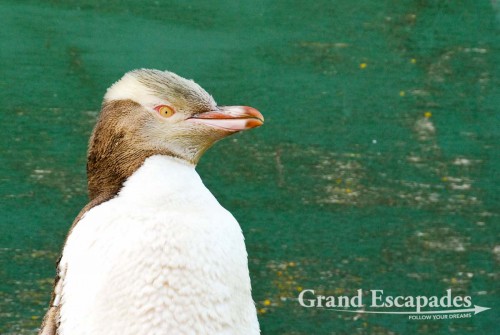
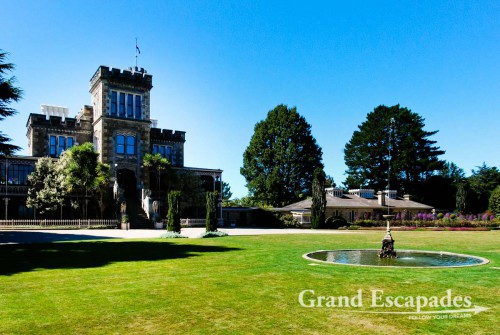
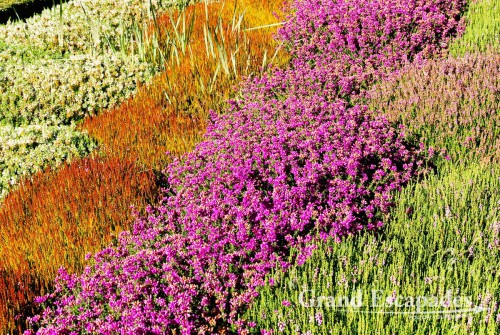
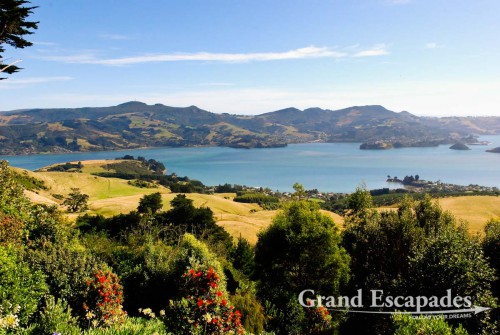
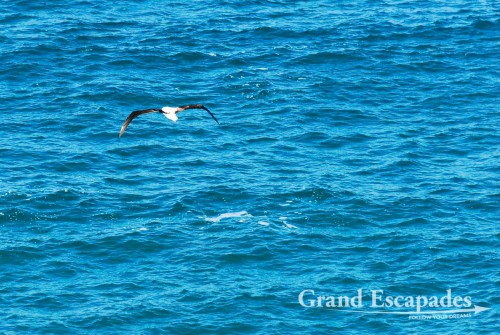
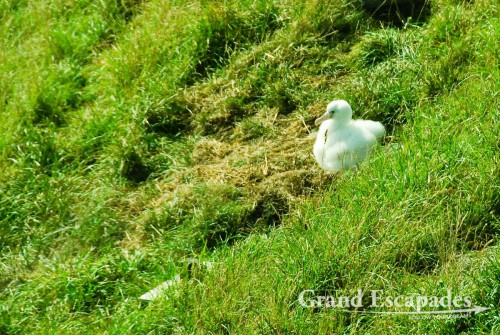
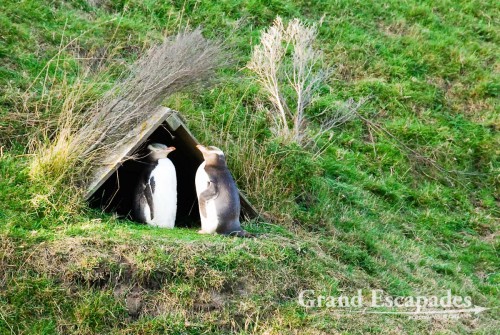
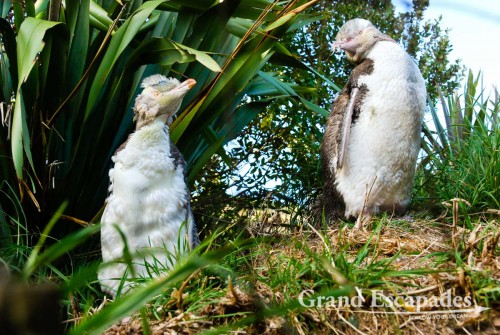
No comments yet.